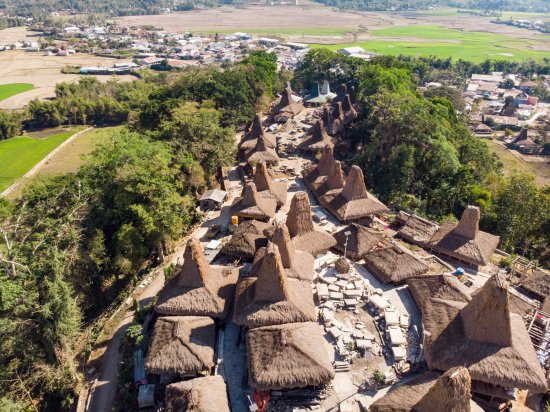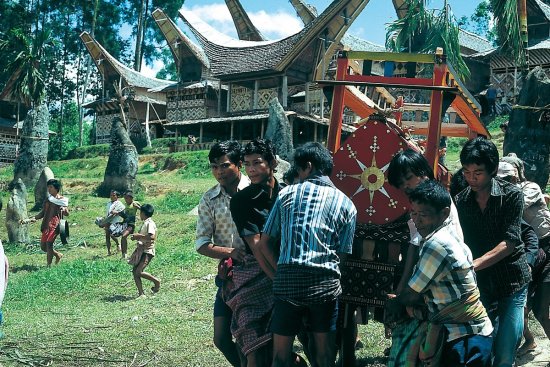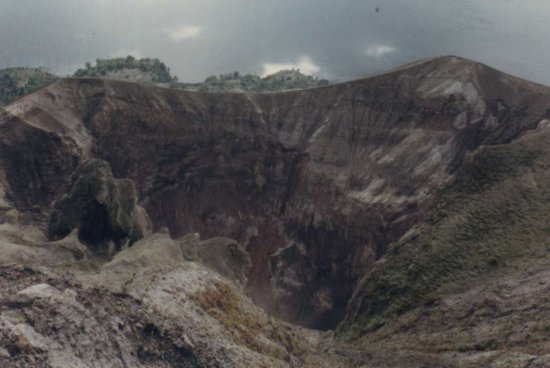Only available for non-commercial distribution
© SFRS / CRAVA - 2000
Reference
4155
Ormu Wari
In 1990, a century after the first introduction of steel-headed axes on the north coast of Indonesian New Guinea (today's West Papua), the inhabitants of the village of Ormu Wari continue to knap, hammer and polish extraordinary axeheads made of hard types of stone – serpentinites and jadeitites. This phenomenon attests to a profound social rootedness in the past.
The modern societies of Ormu and of Sentani – close to Jayapura, the regional capital – are in the process of being transformed, and have passed from the Stone Age to the Atomic Age in just three generations. Stone-headed axes are no longer used to fell trees and clear openings in the forest; now the forest buzzes with the sound of Japanese motorised saws.
However, axeheads polished to an icy sheen still play a role in signalling hereditary inequalities between men. Moreover, along with pigs and garden produce, they always feature in compensation payments (marriage dowries, blood money) and in ceremonies marking alliances and partnerships between families or lineages.
Deployed alongside the modern Indonesian money that is widely used on a daily basis, the stone axehead therefore illustrates an attempt to mitigate the disequilibrium of a society whose cultural future is threatened with imminent disappearance.
Duration
Production year
Définition
Color
Sound
Version(s)
The use of media visible on the CNRS Images Platform can be granted on request. Any reproduction or representation is forbidden without prior authorization from CNRS Images (except for resources under Creative Commons license).
No modification of an image may be made without the prior consent of CNRS Images.
No use of an image for advertising purposes or distribution to a third party may be made without the prior agreement of CNRS Images.
For more information, please consult our general conditions



























